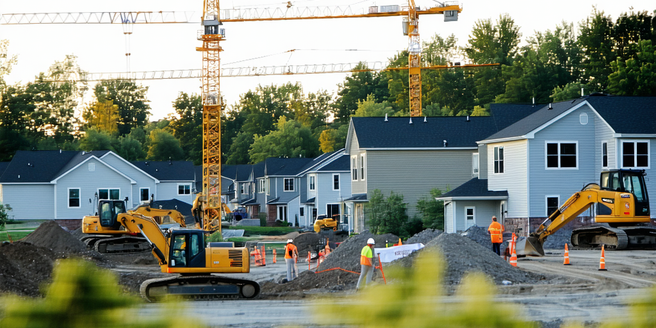Affordable Neighborhoods: Top Picks

1. Factors to Consider When Choosing an Affordable Neighborhood
When searching for an affordable neighborhood, key factors such as location, amenities, and safety should be prioritized. Accessibility to public transportation can greatly impact daily commutes and transportation costs. The presence of nearby grocery stores, healthcare facilities, and recreational areas enhance the quality of life. Look into school districts as they can influence family decisions and future planning. It’s also crucial to research crime rates and neighborhood watch programs to ensure safety. Consider future development plans, as they can affect property values and living conditions. Lastly, assess the sense of community through events or homeowners associations that foster neighborhood connections.
2. Hidden Gems: Up-and-Coming Affordable Areas
Discovering hidden gems can provide an opportunity to invest in neighborhoods before they gain popularity. These areas often offer unique charm and local culture that larger, well-known neighborhoods might lack. Keep an eye on indicators of growth, such as new businesses or renovations, that can signify an up-and-coming area. One important factor to consider is the proximity to public transportation, as this can greatly enhance the area’s accessibility and appeal. Networking with local real estate agents or community forums can provide insights into emerging neighborhoods. Often, these gems provide more affordable housing options, allowing you to enjoy the benefits of an evolving community without the high price tag.
3. Budget-Friendly Neighborhoods with Great Schools
For families, finding budget-friendly neighborhoods with excellent schools is a priority. Research school ratings and performance reports as they offer valuable insights into educational quality. Visit these neighborhoods at different times of the day to get a sense of the community’s atmosphere. Consider proximity to schools and available transportation options, as these factors can affect daily routines. Neighborhoods with active parent-teacher associations and community involvement often indicate a supportive educational environment. Exploring areas with well-maintained parks and libraries can also contribute positively to children’s education. Balancing affordability and access to quality education requires detailed research, but the long-term benefits make it worthwhile.
4. Affordable Neighborhoods with Vibrant Communities
Searching for affordable neighborhoods with vibrant communities means looking for places that offer rich social experiences without high costs. Vibrant communities often feature diverse cultural events, lively local markets, and community centers hosting various activities. Engaging with local clubs, joining neighborhood events, and exploring local eateries enhance community belonging. These areas may also have active neighborhood associations focused on fostering unity and collaboration. One key aspect to consider is the accessibility of public transportation, which can significantly improve convenience and connectivity. While affordability remains crucial, the ability to easily connect with others and partake in community traditions can greatly enhance your living experience.
5. Cost vs. Quality: Finding the Right Balance
Balancing cost and quality involves considering all aspects of neighborhood living—from housing to amenities. Start by listing essential and desirable features within your budget constraints. Factor in the cost of living, including utility bills, property taxes, and commuting expenses. It’s also helpful to research how these costs have changed in recent years. Compare these to the quality of life offered, examining the condition of infrastructure, availability of services, and neighborhood charm. While some compromises may be necessary, strategic selection based on personal priorities will aid in finding a balance suitable for a comfortable living experience that meets budgetary needs.
6. Tips for Moving to an Affordable Neighborhood
Moving to an affordable neighborhood requires careful planning and consideration. Begin by visiting the area at different times to gauge traffic patterns and noise levels. Connect with current residents for candid insights into living conditions. Understanding the local housing market will also aid in making informed decisions. Prioritize organizing finances to cover moving expenses and unforeseen costs. Research local services, including healthcare, schools, and utilities to ease the transition. Secure a reliable moving service and ensure all possessions are properly categorized and packed. Finally, stay open to adapting to a new environment, embracing community activities to establish roots and foster new connections.